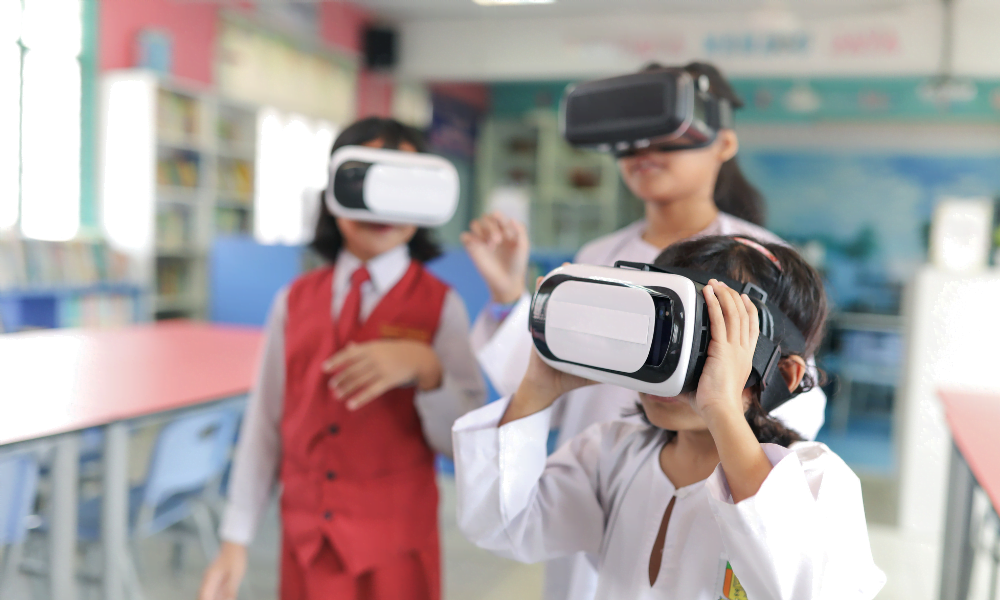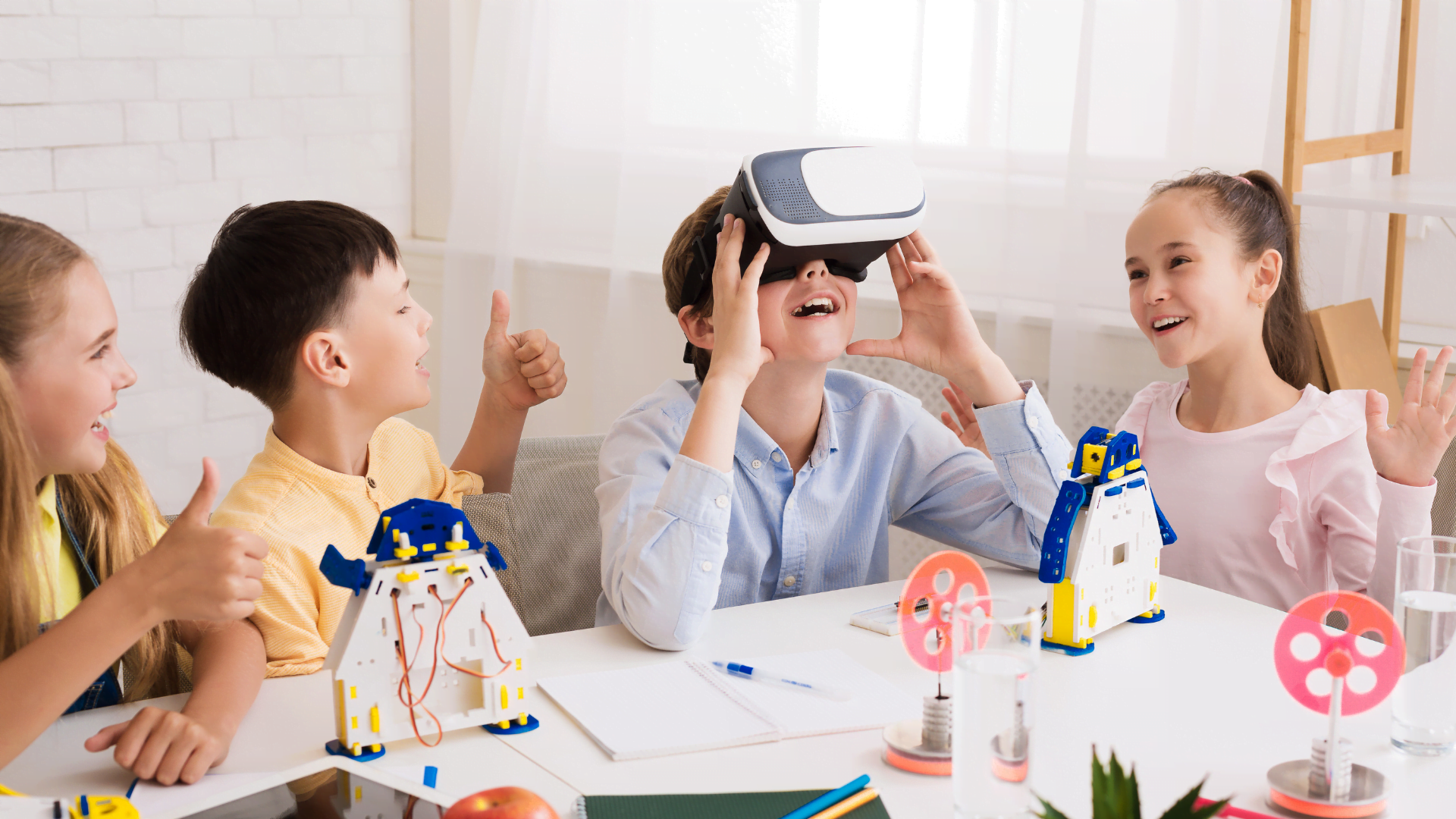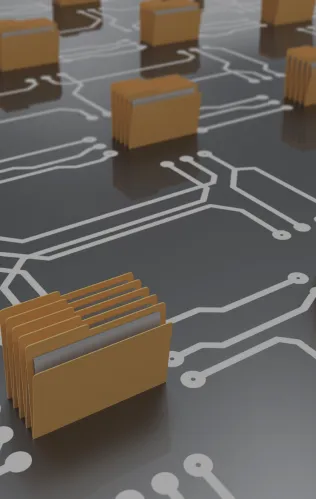Technology has impacted every aspect of modern-day teaching and learning. One particular advancement is the incorporation of Augmented Reality (AR) and Virtual Reality (VR) systems in the classroom. The onset of these tools is sure to revolutionize the nature of Educational Technology (EdTech) with the goal of a more active classroom experience. The advent of these unprecedented methods changes educational approaches, providing teachers with effective resources to enhance their students’ learning journeys. As technological advancements continue to develop, it becomes increasingly apparent that we stand at the precipice of the next significant wave in EdTech.
Revealing the Immersive Learning Experience
The biggest strength of AR and VR is their capacity to take students on a journey beyond the limitations of the physical classroom setting. Virtual Reality (VR) is a simulated experience that can be similar to or completely different from the real world. VR-powered simulations allow students to carry out experiments in a risk-free environment. Whether it’s experimenting with chemical reactions or understanding the laws of physics through virtual laboratories, students have the opportunity to interact with concepts in a way that goes beyond the confines of conventional teaching methods. Augmented Reality (AR) is a technology that overlays digital information—such as images, sounds, or other data—onto the real world. Unlike VR, which creates a completely artificial environment, AR enhances the real world with additional information. For instance, students can scan textbook images with their smartphones or tablets to access 3D models, videos, or interactive content related to the subject. Both technologies pursue a hands-on learning approach that not only enhances the overall comprehension of a topic but also promotes the development of critical thinking and problem-solving skills.

Personalized Learning Paths
AR/VR technologies can adapt to individual learning styles, pacing, and preferences. This offers a tailored approach that caters to the unique needs of each student. Adaptive learning modules powered by AR/VR technologies can assess a student’s progress in real time and adjust the difficulty level or provide additional support accordingly.
For instance, a language learning application using AR can create immersive scenarios where students interact with virtual native speakers, honing their language skills in a realistic context. Similarly, VR simulations can cater to varying skill levels in subjects like mathematics or chemistry, allowing students to progress at their own pace. This personalized approach accommodates for diverse learning styles and also ensures that no student gets left behind.
Encouraging Involvement and Collaboration
Traditional classrooms often grapple with the challenge of maintaining student engagement, especially in an era where attention spans are increasingly fragmented. AR and VR tackle this issue by offering an interactive and attractive learning environment. Virtual field trips, for instance, allow students to explore historical landmarks, ecosystems, or even outer space without leaving their desks. This not only broadens their horizons but also makes learning more enjoyable and memorable.
Moreover, AR and VR facilitate collaborative learning experiences. Students can engage in group projects and problem-solving activities within virtual environments, elevating teamwork and communication skills. In a world that values collaboration, these new technologies provide a glimpse into the collaborative workspaces of the future, preparing students for the demands of an interconnected global society.
Challenges for AR/VR in the Classroom
Integrating AR/VR innovation in classrooms evidently shows great promise for improving and optimizing educational experiences. This is also faced with several challenges in its path, many of which are temporary:
- Access to resources: Some educational institutions may not have the financial means to invest in AR/VR equipment, leading to disparities in access among schools and students. Consequently, less affluent schools may miss out on the immersive and interactive learning experiences.
- Teacher training and proficiency: Many educators may lack the necessary training to incorporate AR/VR into their teaching methods effectively. Without proper guidance and professional development opportunities, educators may struggle to design and implement effective lessons that harness the full optimization of the technology in the classroom.
- Technical issues: Glitches, software updates, and maintenance requirements can disrupt the smooth implementation of AR/VR. Consistent assistance is essential to address these challenges and ensure the seamless implementation of this technology in education systems.
- Safety concerns: Prolonged utilization of VR may induce discomfort or motion sickness in certain students, prompting concerns regarding the technology’s impact on user well-being. This raises important considerations about balancing the educational benefits of VR with potential adverse effects.
Use AR and VR in the Classroom
The AR/VR Studio at Harvard Innovation Labs offers a dedicated space for exploring immersive technologies, which is available to all Harvard students. The studio is well-equipped with various software, design platforms, multiple headset configurations, workstations, and film resources. Students can experience the latest AR/VR equipment, learn about the technology, and apply it to their specific fields. Yale’s Center for Collaborative Arts and Media (CCAM) integrates augmented reality and virtual reality in its study of the brain and psychological conditions. These technologies allow for immersive and interactive experiences beyond traditional two-dimensional methods. CCAM aims to explore and utilize these unique possibilities. These technologies are vital tools for understanding the brain and mental health. They offer new ways to engage with complex psychological phenomena.
Future Potential of AR/VR in Education
As we stand on the brink of a new educational era, several questions arise. Is AR/VR the next big thing in EdTech, or are they just passing trends? The answer depends on the ability of these technologies to adapt and evolve. They need to integrate smoothly into the fabric of traditional education. While challenges exist, the transformative impact of AR/VR on the learning experience cannot be overstated.
Looking ahead, there is more to anticipate. The continued development of AR/VR applications, coupled with advancements in artificial intelligence and data analytics, holds the promise of even more sophisticated and tailored educational experiences. The collaborative efforts of educators, technology developers, and policymakers are crucial in navigating the challenges in order to unlock the full potential of these technologies.
FAQ’s
AR/VR technologies offer immersive learning experiences, personalized learning paths, and encourage student involvement and collaboration, ultimately enhancing comprehension and critical thinking skills.
Institutions can access resources such as dedicated AR/VR studios like the one at Harvard Innovation Labs or centers like Yale’s CCAM, which offer equipment, training, and support for integrating immersive technologies into education.
Yes, AR/VR technologies can be integrated into existing educational technologies such as learning management systems to enhance their functionality and provide students with more engaging and interactive learning experiences.




